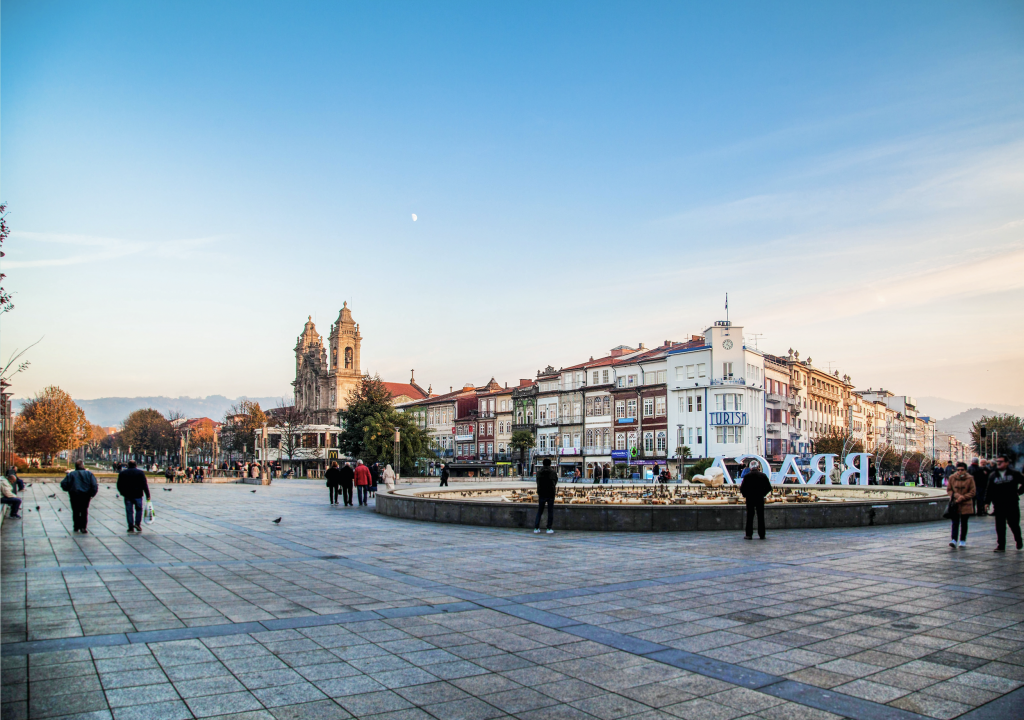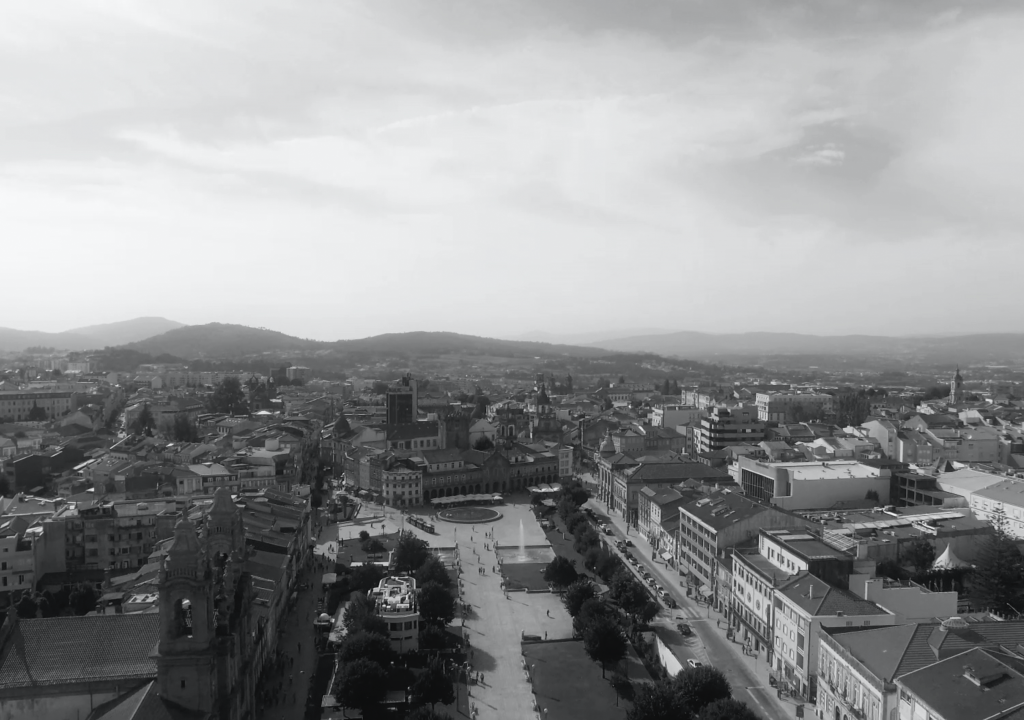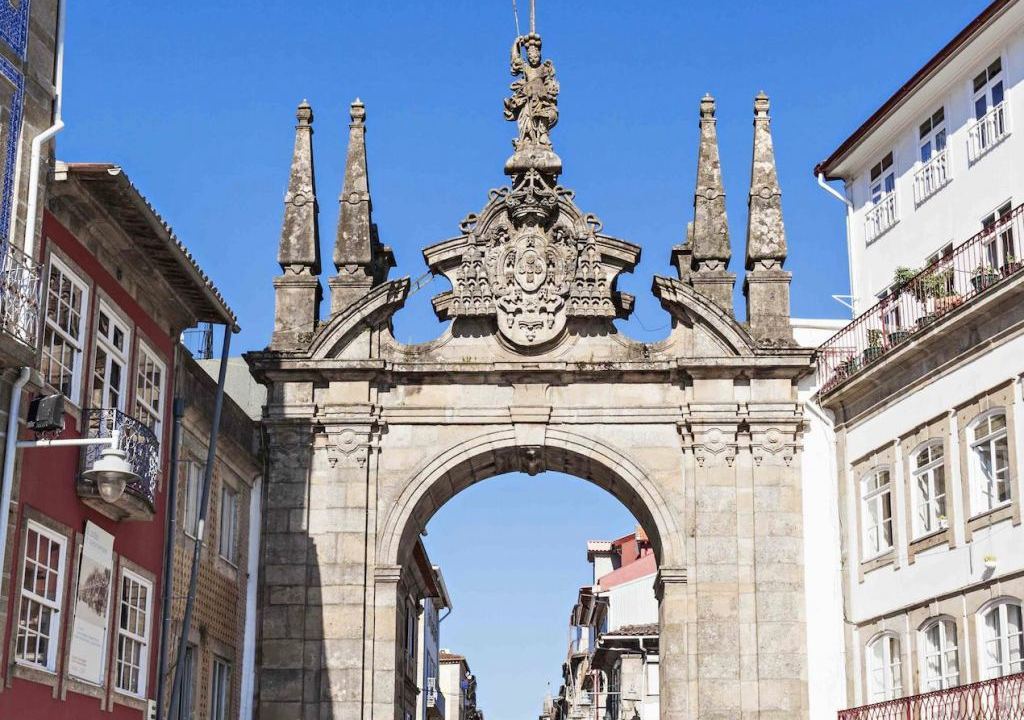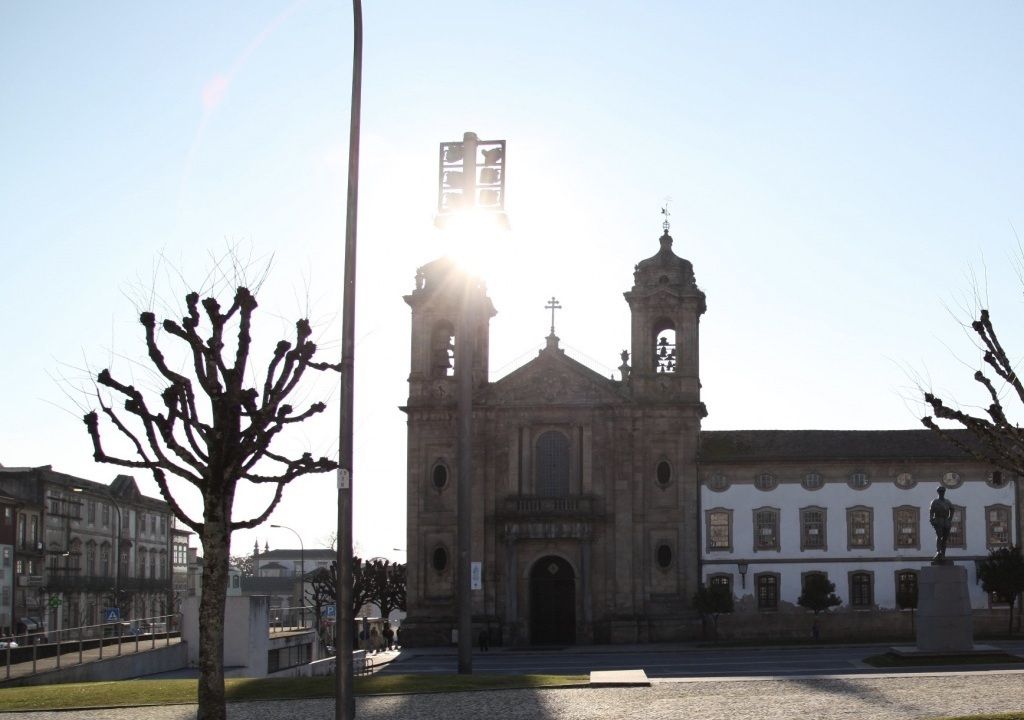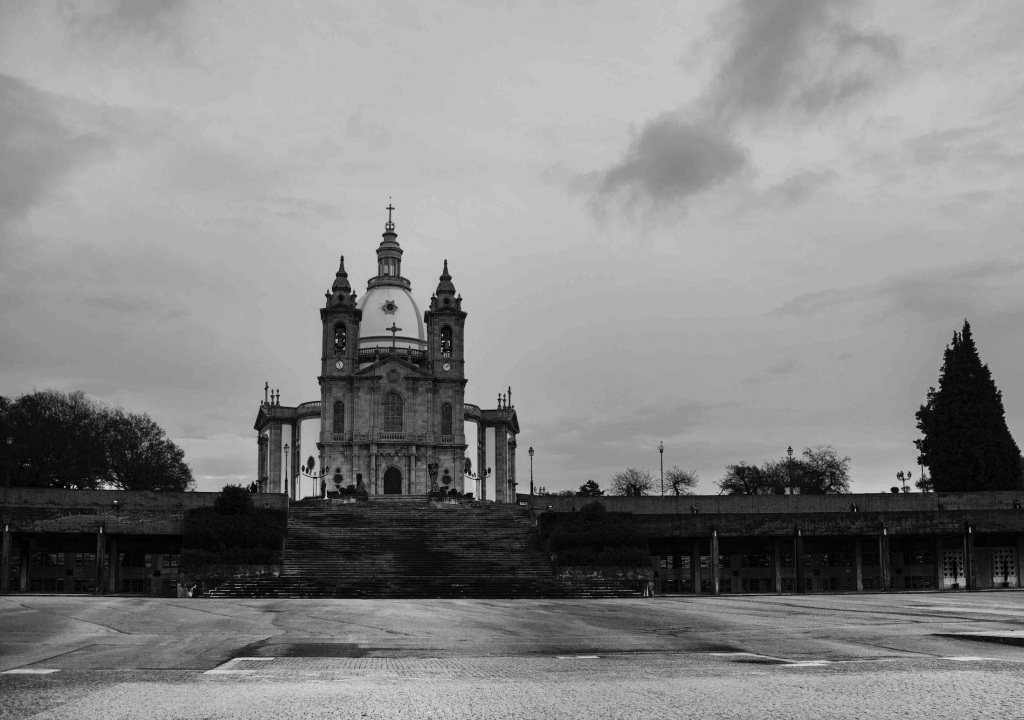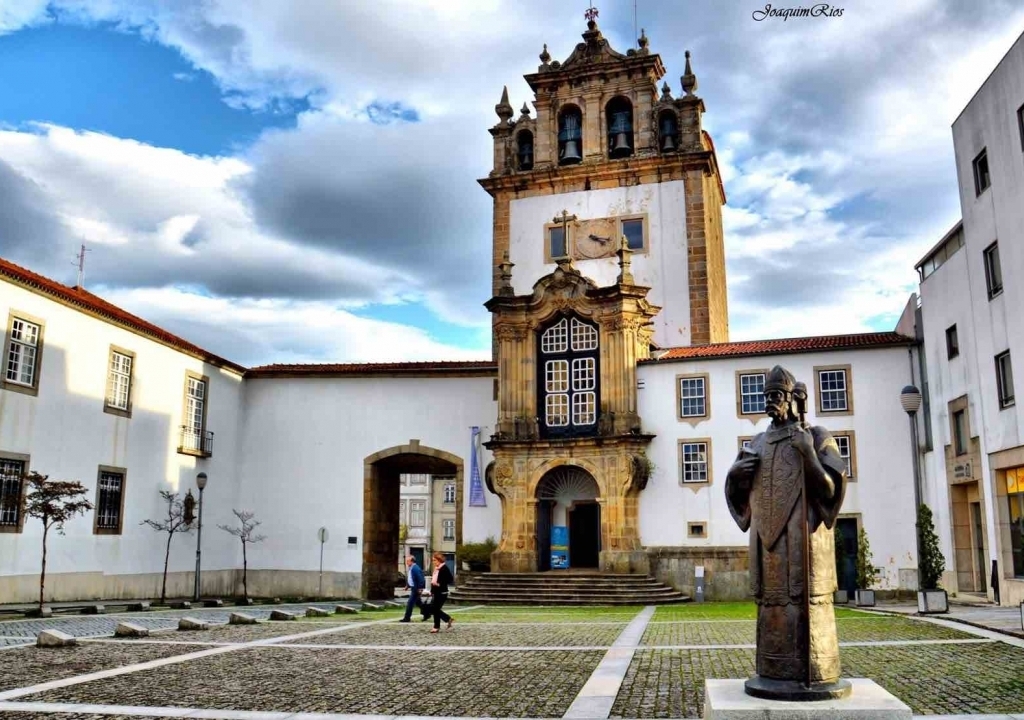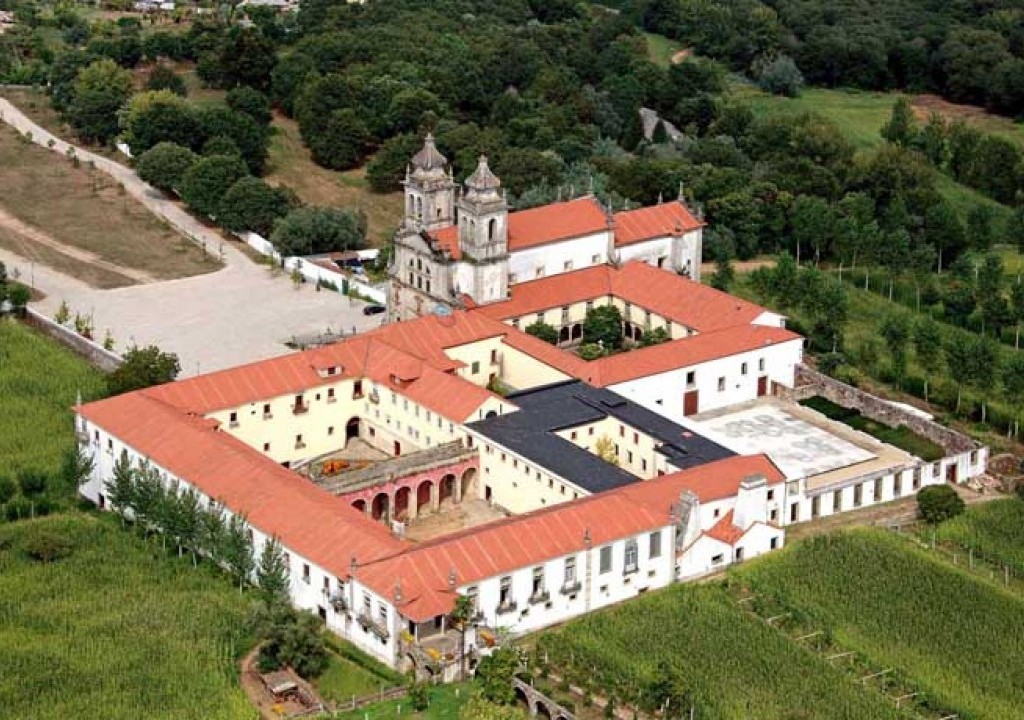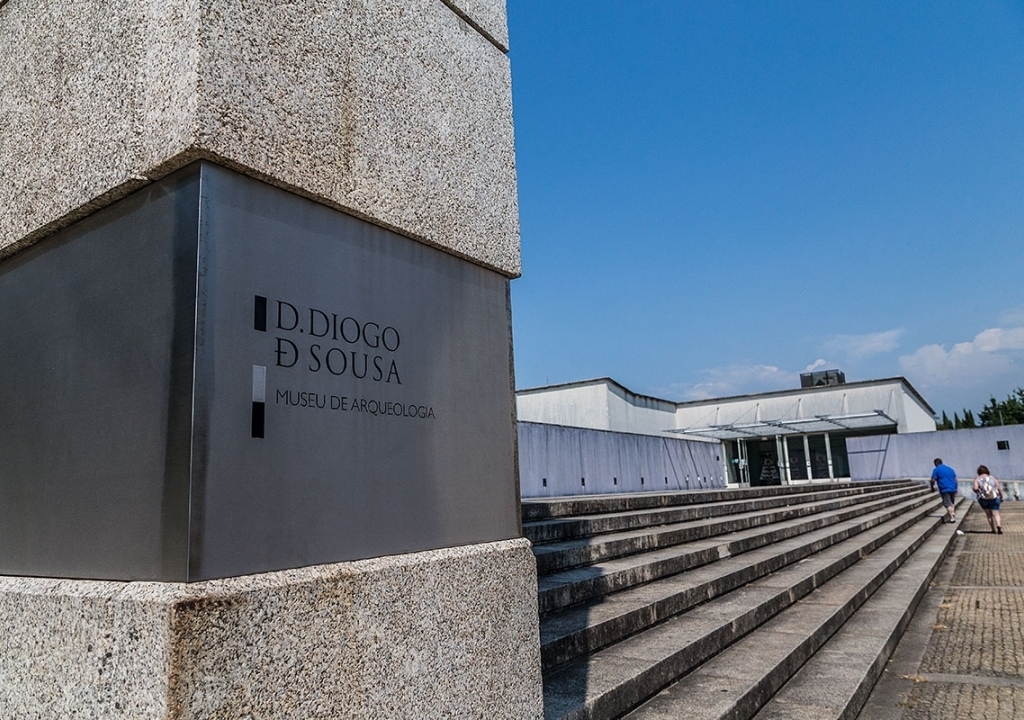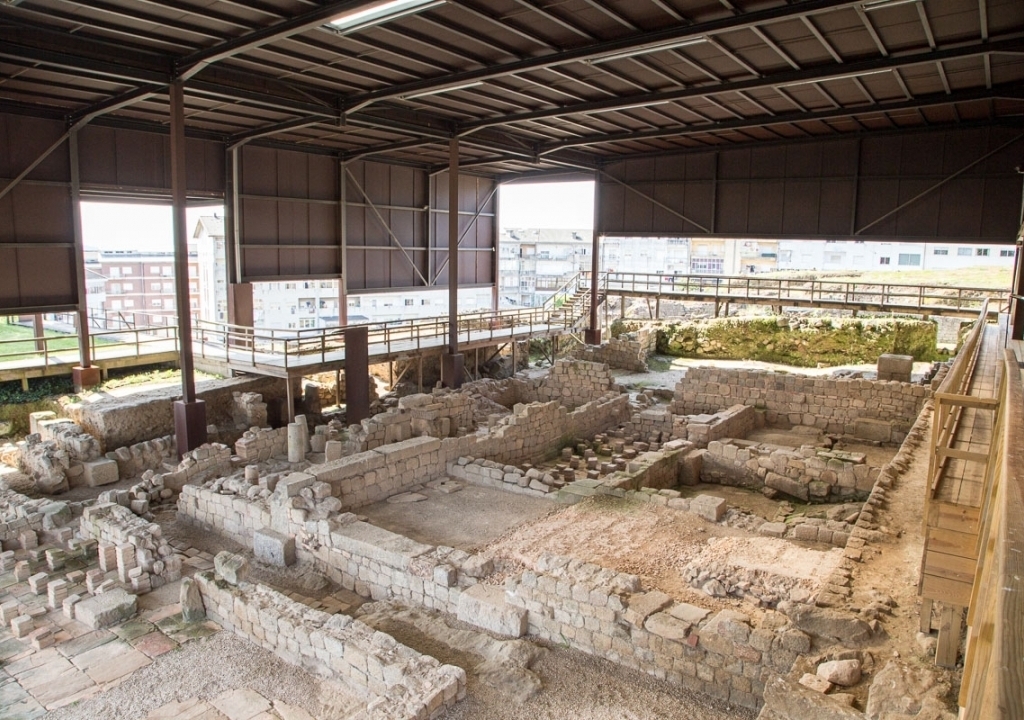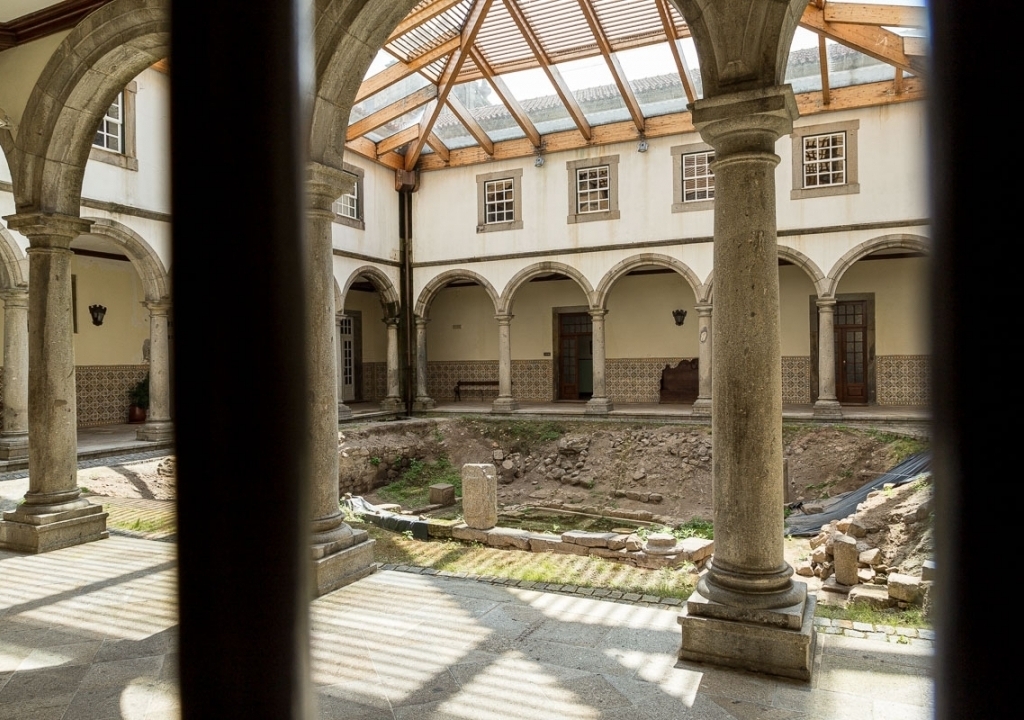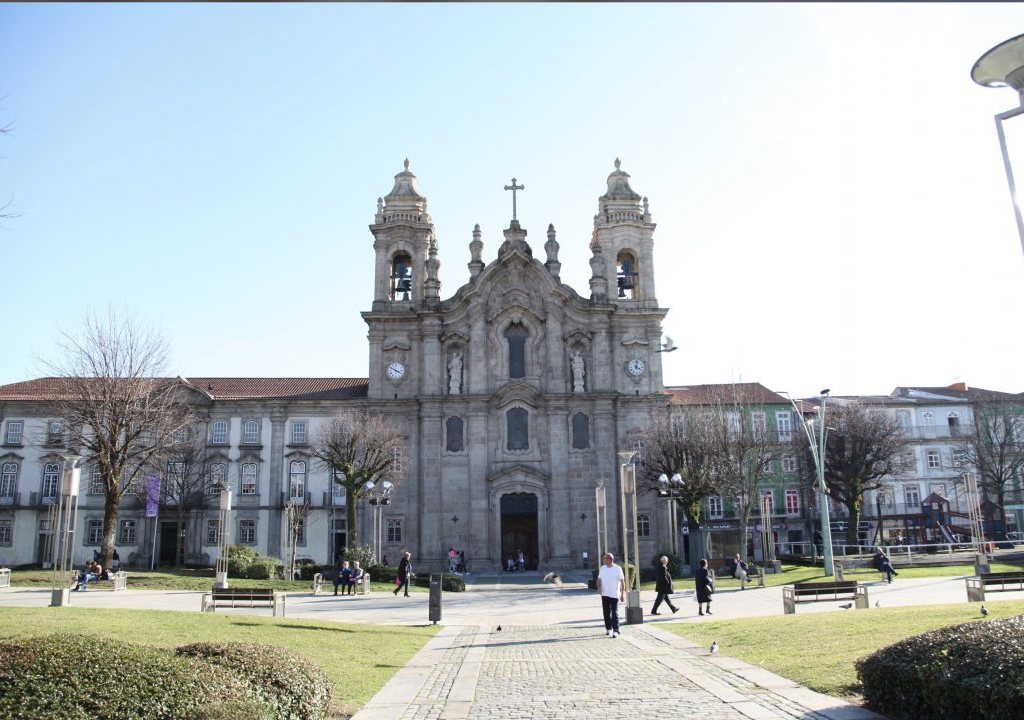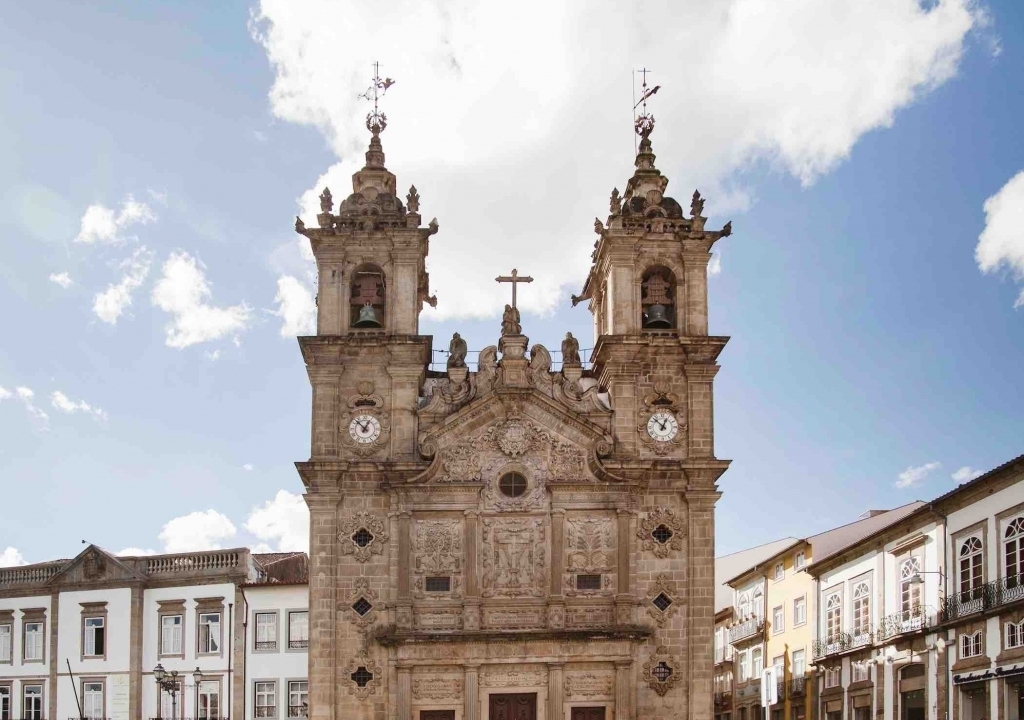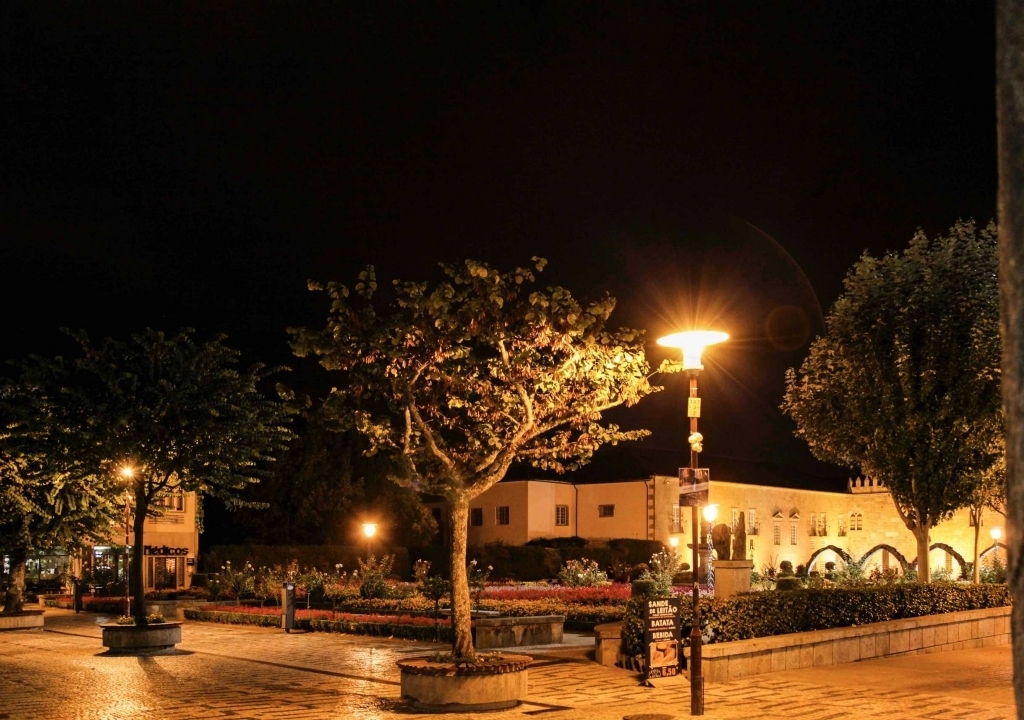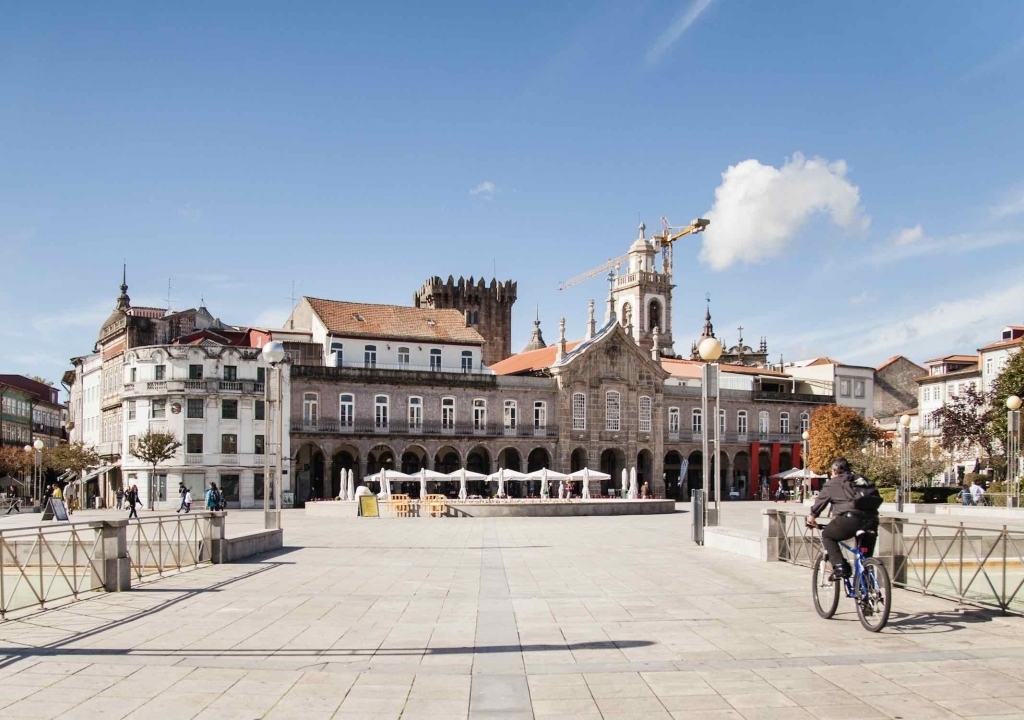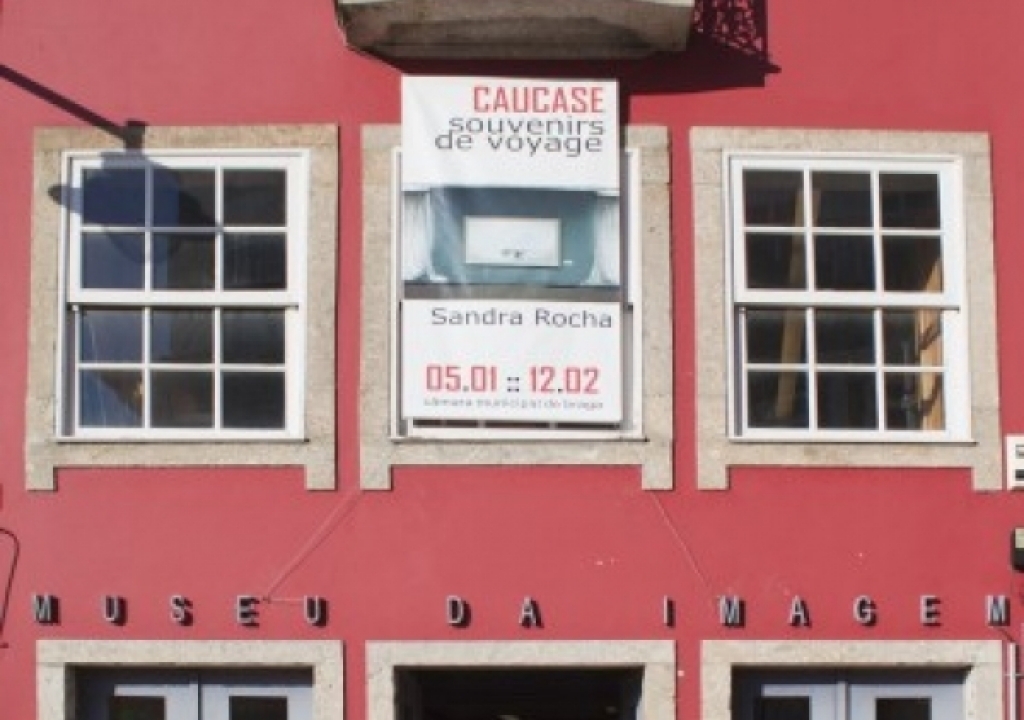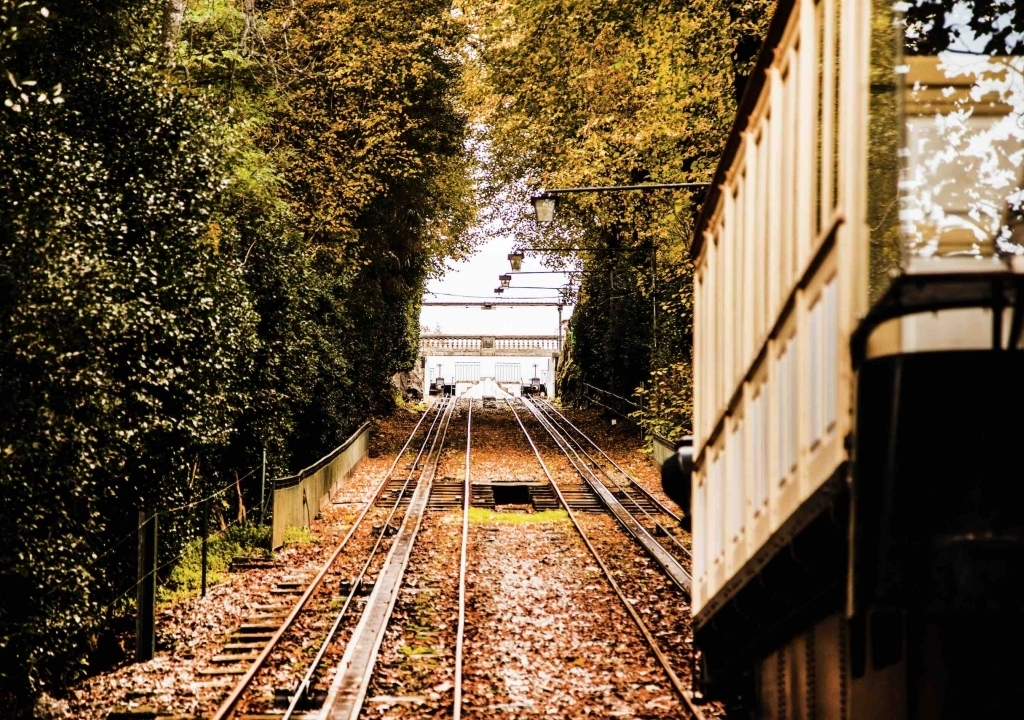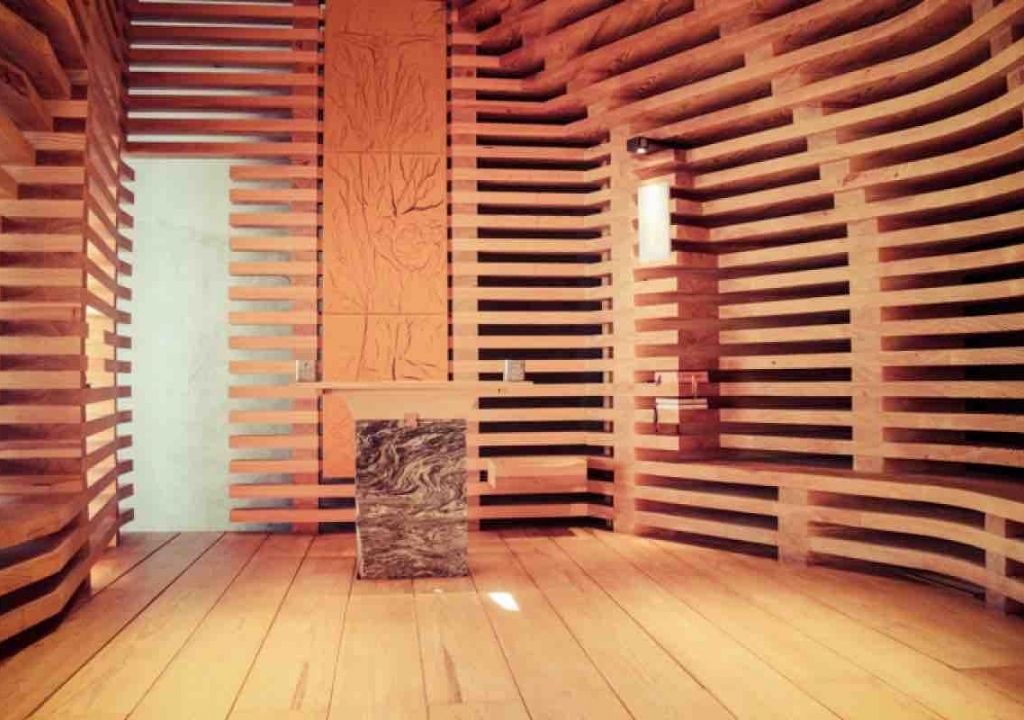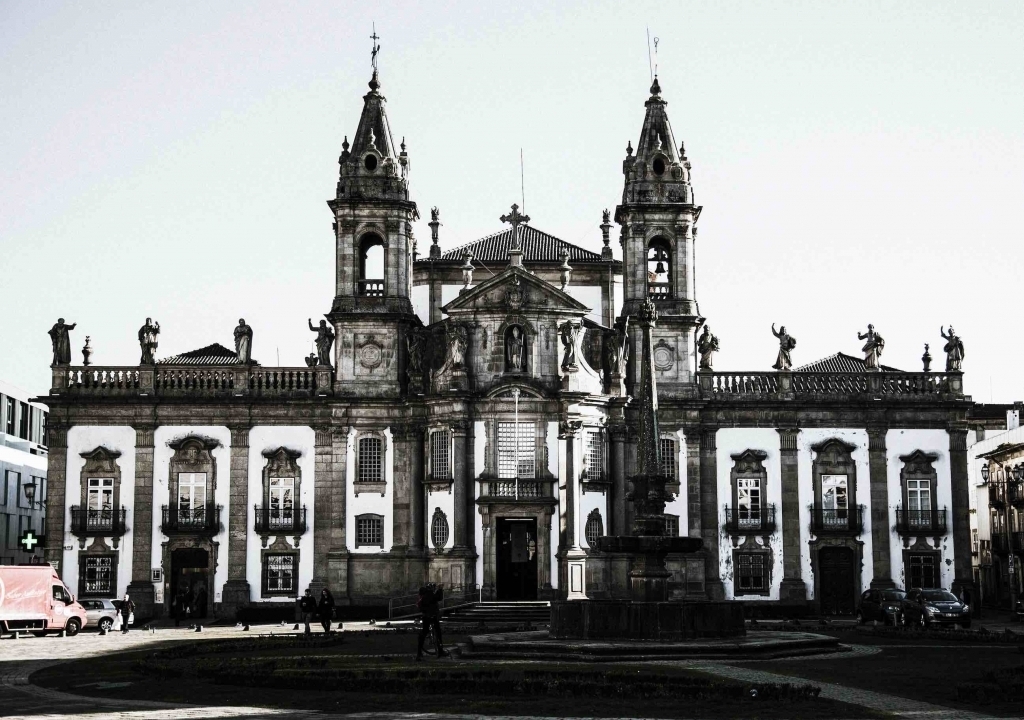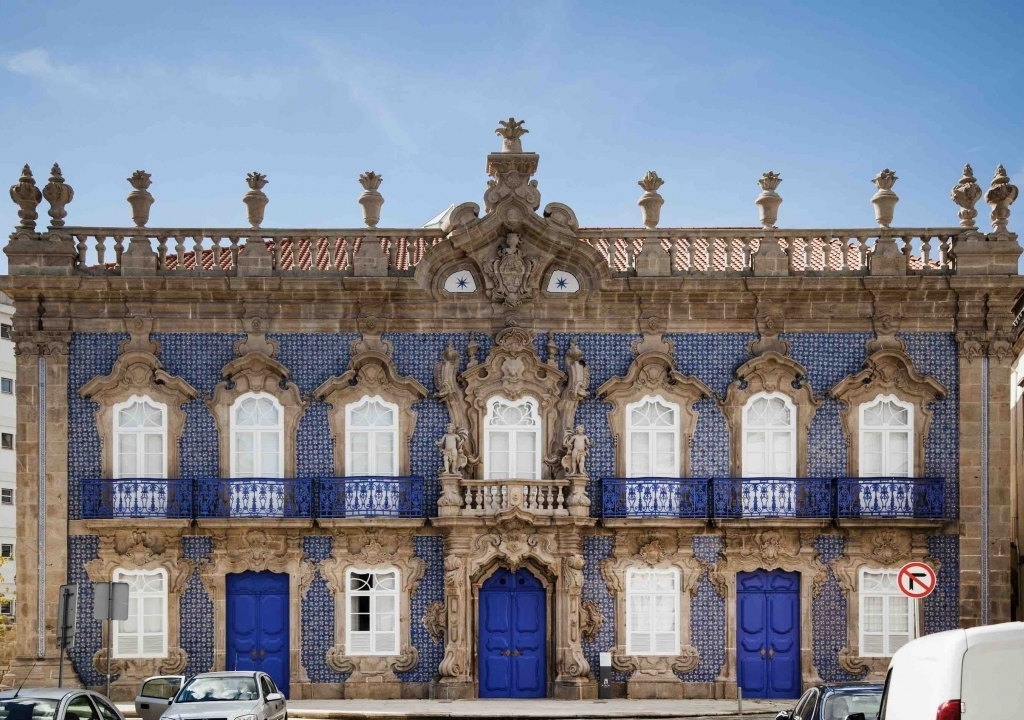Did you know that Braga is Bimilenar?
Want to take a tour of Braga?
The “Heart of the Minho”, the “City of the Archbishops”, “Portuguese Rome”, the “City of the Three Sacred Hills”… Which name is best for you?
Braga presents places that, due to their intrinsic devotion and beauty, impose themselves as landmarks of mandatory reference and visit. Sameiro Sanctuary, Bom Jesus and Tibães Monastery, which are based on an appealing religious base, are surrounded by enchanting green spaces and paradisiacal landscapes.
The Roman legacy is another of Braga's attractive factors, often nicknamed 'Portuguese Rome', the result of its origin in the Roman city of Bracara Augusta.
Braga's long history, which is over 2000 years old, is visible in all the splendor of its monuments, museums and churches.
Visiting Braga is a journey through time within modernity. Old city and traditional religiosity, lives hand in hand with entrepreneurship and young spirit.
Enjoy Braga and feel good in this cozy, close, distinctive and complete land!
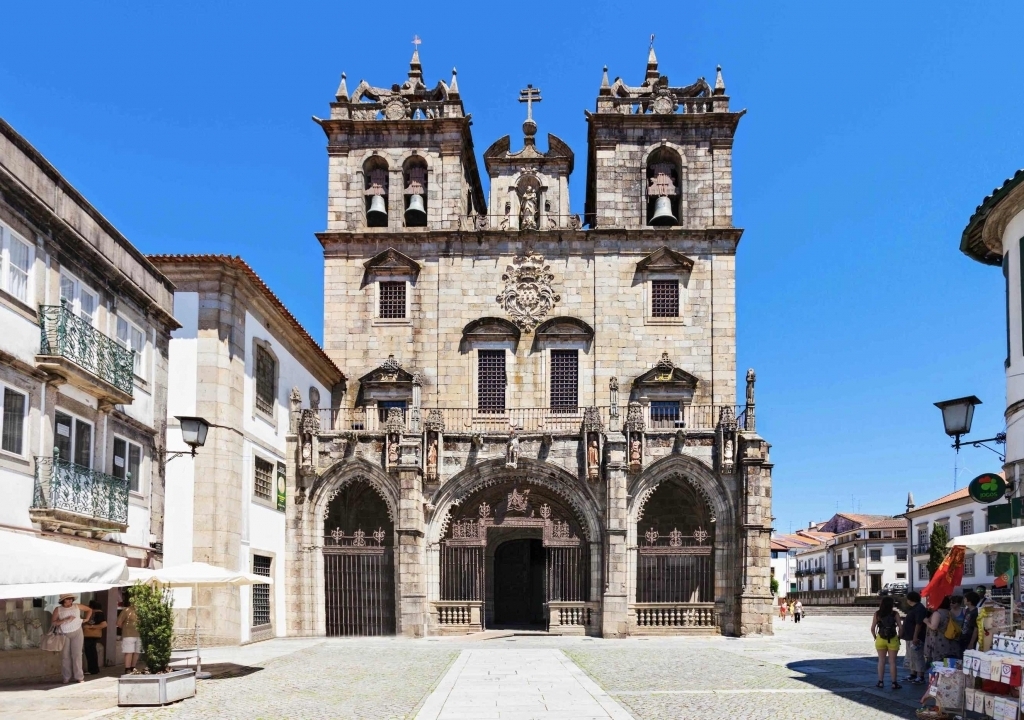
Sé Catedral
“Older than Braga Cathedral” is a popular expression that is used when defining the antiquity of something, which proves how old the Cathedral is. Begun in the 11th century, it is a Romanesque, Manueline and Baroque construction. .
The cathedral has two towers on the facade, which brings it closer to the great cathedrals of Portuguese Romanesque. In the high choir, the gilded chair and organs are exceptional works of conception and execution.

Arco da Porta Nova
The Arco da Porta Nova is probably one of the city's most iconic buildings, not only for its architectural and urban design, but also because it is to this arch that Braga owes the expression we often hear when someone leaves a door open: "You are from Braga? "
It was one of the doors in the city walls, torn in 1512, at the time of the Archbishop of Braga, D. Diogo de Sousa.

Igreja do Pópulo
The Church is located in Conde de Agrolongo Square. Begun in 1596, its construction dragged on until the 19th century.
Inside it is decorated with blue and white history tiles and baroque gilded altarpieces.

Bom Jesus do Monte
The first records of activity in Bom Jesus date from 1373, with the construction of a chapel. However, the construction of the basilica was started in 1784 and completed in 1811.
The expression “see Braga for a straw” is one of the best known and used by the Braga and it was in the Sanctuary that this popular saying had its origin, because it refers to the binoculars that were in one of the belvederes of Bom Jesus.
The Good Jesus is also well known for its staircases. The Good Jesus Staircases have 573 steps, spread over 3 staircases: Portico, Three Virtues and Five Senses Staircase.

Museu dos Biscaínhos
The Museum of Biscaínhos was founded in 1978 and currently takes us on a journey through the daily life of an eighteenth-century noble family in its palace.
This 18th century palace shows us the architecture of the time. A grand architecture, crafted, cared for and always associated with functionality.

Largo do Santiago e Largo de São Paulo
They are considered the most rewarding plots of Braga's urban heritage. There you will find the Seminary and the Santiago Tower.

Largo do Paço Arquiepiscopal
Square located in the historic center of Braga, where you can find the 1723 Castles Fountain.

Santuário do Sameiro
The monumental Sameiro Sanctuary, of neoclassical style, originated when, in 1863.
It is today the second largest center of Marian devotion in Portugal, so it is a must visit place in the Minho capital

Mosteiro de Tibães
The Mosteiro Tibães is one of the oldest buildings in the city of Braga. Its origin goes back to the end of the distant century. 10th and early 20th century XI.

Museu Regional de Arqueologia D.Diogo de Sousa
The D. Diogo de Sousa Museum, created in 1918 and named after the archbishop of Braga between 1505 and 1532, is a reference in the field of archeology.
The Museum's collection includes archeological collections from all over the northern region of Portugal and makes known the history of Bracara Augusta, from Paleolithic to Medieval times.

Termas Romanas de Maximinos
Between 1977 and 1999, the Archeology Unit of the University of Minho conducted an archaeological intervention in the Alto da Cividade, Braga, and there were ruins that we now know correspond to the Roman Baths in the city of Bracara Augusta at the beginning of the century. II.

Museu Pio XII
The Pio XII Museum, opened on December 5, 2002, focuses on Archeology and Sacred Art and tells the history of mankind since records, organized chronologically by the most diverse times.

Convento dos Congregados
Exemplary of religious architecture in baroque style. It was erected in the late 17th century by the Oratory Congregation.

Igreja de Santa Cruz
Built in the 17th century in Baroque mannerist style, it has an unusual gilded interior.

Jardim de Santa Bárbara

Praça da República
Popularly referred to only as the Arcade, the square was opened in the late Middle Ages. It is located in the historic city center.

Fonte do Ídolo
Possibly built in the first century, the fountain is the only Roman monument of Bracara Augusta to have survived to this day.

Museu da Imagem
Next to the famous Porta Nova Arch is this museum, housed in a 19th-century building and a 14th-century tower of the ancient medieval wall that features temporary photography exhibitions by national and foreign artists.

Jardim da Avenida Central

Elevador do Bom Jesus
Located on Monte do Bom Jesus, the funicular runs parallel to the staircase of the Bom Jesus Sanctuary up the hill.
The Bom Jesus Lift has two cabs, which move on rails, connected by a cable, serving as a counterweight to each other. The driving force is water, that is, an economic and non-polluting system. And yet, the poured water serves to water the fields below the hill.
The famous Bom Jesus Lift was the first funicular built on the Iberian Peninsula and opened in 1882.

Monte do Picoto
“Adventure with a view!” Is the phrase associated with the Braga Adventure Park, opened since March 2019, and could not be more appropriate. This is an adventure park intended for various ages and tastes.

Capela Árvore da Vida
Inside the Conciliar Seminary of St. Peter and St. Paul in Braga is the Chapel Tree of Life, a religious building with the best architecture.
This is a work worth visiting, not only for its architectural aspect, but also for its mysticism.

Igreja de São Marcos
The Church of St. Mark dates from the 19th century. XVIII. In Baroque style, the verticality of the Church, with its two towers, contrasts with the horizontality of hospital facilities that develop symmetrically, creating a harmonious ensemble.
In its exterior decoration stand out the statues of the life-size apostles that mark the rhythm of the upper balustrade. In the middle of the facade of the Church, in a niche, we can see the image of St. Mark.

Palácio do Raio
The Palácio do Raio was built between 1752 and 1755, was restored in 2015 and is now a complete Interpretive Center that, over ten rooms, shows us a collection of Braga's Santa Casa da Misericórdia - more than 500 years of history in a Unique building that has had various uses over the years.
Sources: cm-braga.pt
bragacool.com
webraga.pt
* Call to national mobile network.






